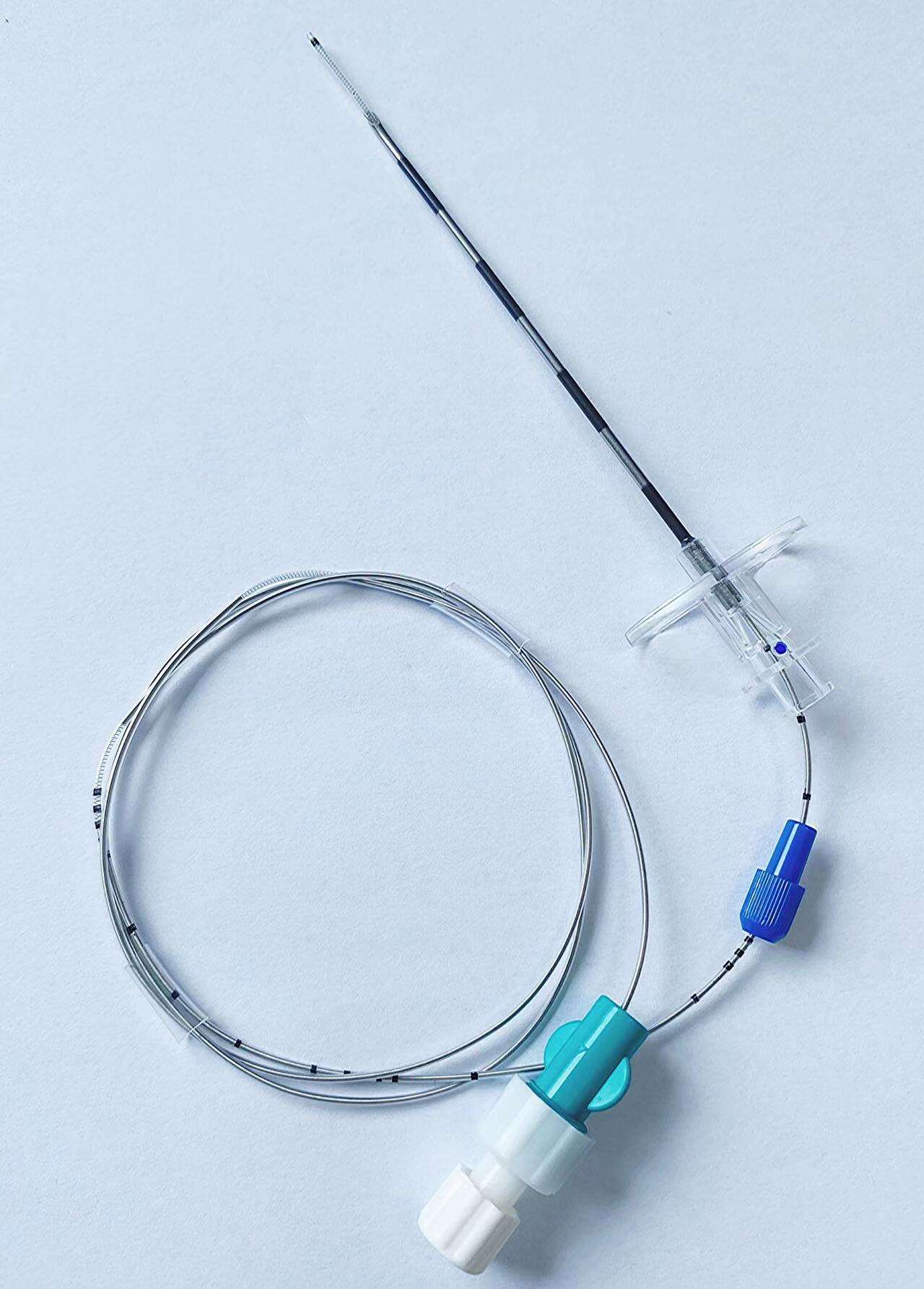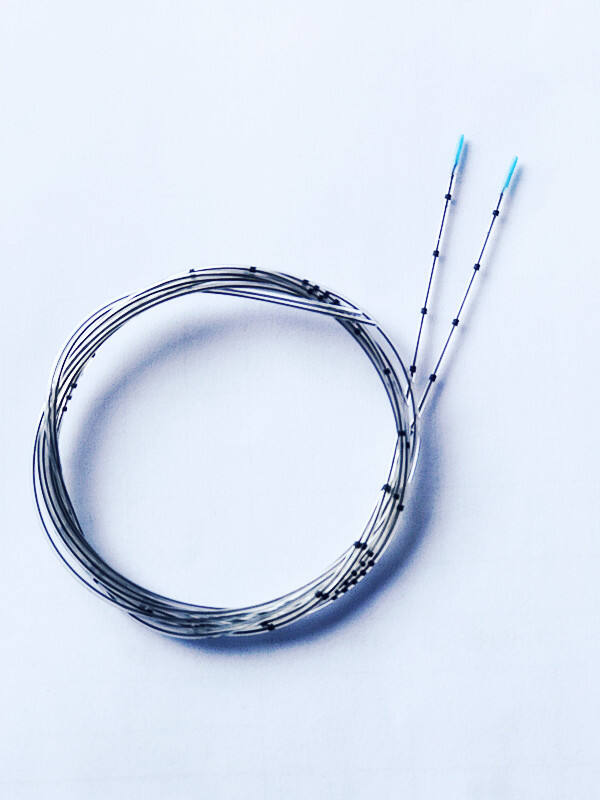Understanding the Science of Pain-Free Medical Procedures
Local anesthesia has revolutionized modern medicine by making countless medical procedures comfortable and pain-free for patients. This remarkable medical innovation allows healthcare providers to perform precise procedures while patients remain conscious yet completely comfortable. From dental work to minor surgeries, local anesthesia serves as the cornerstone of outpatient procedures, enabling millions of treatments to be performed safely every day.
When administered by skilled medical professionals, local anesthesia temporarily blocks nerve signals in a specific area of the body, preventing pain sensations from reaching the brain. This targeted approach maintains patient awareness while eliminating discomfort, making it an invaluable tool in contemporary healthcare settings.
The Mechanism Behind Local Anesthesia
How Local Anesthetic Agents Work
Local anesthesia functions by interrupting nerve signal transmission at a molecular level. The anesthetic molecules target sodium channels in nerve cell membranes, effectively preventing the propagation of pain signals along nerve fibers. This precise biological interaction ensures that while other sensations remain intact, pain perception is blocked in the treated area.
The process begins immediately upon administration, with most patients experiencing numbness within minutes. The anesthetic molecules bind to specific receptors, creating a reversible nerve block that typically lasts several hours, depending on the type and concentration of the medication used.
Types of Local Anesthetic Medications
Medical professionals can choose from various local anesthetic agents, each with specific properties and duration of action. Common options include lidocaine, bupivacaine, and mepivacaine. These medications differ in their onset time, potency, and duration of effect, allowing healthcare providers to select the most appropriate option for each procedure.
Short-acting agents like lidocaine typically work for 1-2 hours, making them perfect for brief procedures. Longer-acting alternatives such as bupivacaine can provide pain relief for up to 8 hours, ideal for more extensive surgeries or post-operative pain management.

Administration Methods and Techniques
Surface Application Methods
Topical local anesthesia comes in various forms, including creams, gels, and sprays. These formulations are particularly useful for superficial procedures and can help reduce needle anxiety by numbing the skin before injections. Medical professionals often apply these products several minutes before a procedure to ensure optimal effectiveness.
Modern delivery systems have enhanced the efficiency of topical local anesthesia, with innovations like patch technologies and enhanced absorption formulations providing more reliable and consistent results. These advanced delivery methods have made many procedures more comfortable for patients who fear needles.
Injectable Local Anesthetic Techniques
Injectable local anesthesia requires precise technique and thorough knowledge of anatomy. Healthcare providers use various approaches, including infiltration anesthesia, where the medication is injected directly into the treatment area, and nerve blocks, which target specific nerve pathways to anesthetize larger regions.
The success of injectable local anesthesia depends significantly on proper technique, including the correct angle of insertion, depth of injection, and rate of administration. Medical professionals must also carefully calculate dosages based on the patient's weight and medical history to ensure safety and effectiveness.
Safety Considerations and Monitoring
Pre-procedure Assessment
Before administering local anesthesia, healthcare providers conduct thorough patient evaluations. This includes reviewing medical history, current medications, and any previous adverse reactions to anesthetic agents. Understanding potential risk factors helps ensure safe administration and optimal outcomes.
Proper patient screening includes assessing for allergies, cardiovascular conditions, and other medical factors that might affect the choice or dosage of local anesthetic. This careful preparation helps minimize the risk of complications and ensures the most appropriate anesthetic approach is selected.
Managing Potential Complications
While local anesthesia is generally very safe, healthcare providers must be prepared to recognize and address potential complications. Common side effects might include temporary numbness beyond the target area, mild swelling, or slight bruising at the injection site. More serious but rare complications can include allergic reactions or toxic responses to the medication.
Medical facilities maintain strict protocols for monitoring patients during and after local anesthesia administration. Emergency response plans and appropriate rescue medications are always readily available, though serious adverse events are extremely uncommon with proper technique and dosing.
Recovery and Post-procedure Care
Duration and Wear-off Period
The effects of local anesthesia gradually diminish as the body metabolizes the medication. Patients typically experience a gradual return of sensation, which can take anywhere from 1-8 hours depending on the type of anesthetic used. Understanding this timeline helps patients plan their activities and manage post-procedure care effectively.
Healthcare providers offer specific guidance about activities to avoid while the anesthetic effects persist, ensuring patient safety during the recovery period. This might include precautions about eating, drinking, or performing certain physical activities until normal sensation returns.
After-care Instructions
Proper post-procedure care is essential for optimal healing and comfort. Patients receive detailed instructions about wound care, activity restrictions, and signs that warrant medical attention. Following these guidelines helps prevent complications and ensures the best possible outcomes.
Healthcare providers often recommend having a responsible adult present during the initial recovery period, particularly for procedures involving the mouth or affecting balance and coordination. This support helps ensure patient safety as the anesthetic effects gradually wear off.
Frequently Asked Questions
How Long Does Local Anesthesia Last?
The duration of local anesthesia varies depending on the type of medication used and the individual patient's response. Typically, the effects last between 1-8 hours, with most short-acting agents wearing off within 2-3 hours. Your healthcare provider can give you a more specific timeline based on the particular anesthetic used in your procedure.
Is Local Anesthesia Safe During Pregnancy?
Many forms of local anesthesia are considered safe during pregnancy when administered properly. However, it's essential to inform your healthcare provider if you are pregnant or planning to become pregnant. They will select the most appropriate and safe option for your specific situation and carefully control the dosage.
Can I Drive After Receiving Local Anesthesia?
In most cases, patients can drive after receiving local anesthesia, as it doesn't affect consciousness or coordination. However, this depends on the location of the procedure and other factors. Your healthcare provider will give specific guidance based on your procedure and individual circumstances.
Will I Feel Any Pain During the Procedure?
While you may feel pressure or movement during the procedure, local anesthesia effectively blocks pain sensations in the treated area. Most patients experience only minimal discomfort during the initial administration of the anesthetic, after which the area becomes completely numb for the duration of the procedure.

